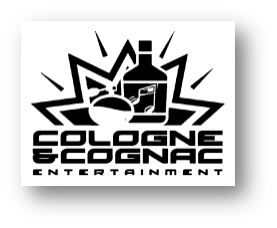The US Court of Appeals for the Seventh Circuit affirmed a district court’s jury verdict that found trade dress infringement and liability under state deceptive practices law, and the court’s order entering a nationwide permanent injunction. The Seventh Circuit found the district court’s agreed jury instruction accurate and determined that there was no error in refusing to further clarify the instruction for the jury. Republic Techs. (NA), LLC v. BBK Tobacco & Foods, LLP, Case No. 23-2973 (7th Cir. Apr. 25, 2025) (Hamilton, Scudder, Lee, JJ.)
Republic Technologies and BBK Tobacco are competitors in the business of organic, hemp-based rolling papers for cigarettes. Republic manufactures and markets its own papers under the name OCB, and BBK markets papers manufactured by others, including its house brand, RAW. After BBK formally requested that Republic change its OCB trade dress to avoid potential confusion with the RAW trade dress, Republic sued for a declaratory judgment of noninfringement, unfair competition, and deceptive advertisement under the federal Lanham Act, Illinois common law, and the Illinois Uniform Deceptive Trade Practices Act (IUDTPA). BBK filed a counterclaim for trade dress infringement and copyright infringement.
At trial, the parties agreed on the jury instruction for the Lanham Act false advertising claim. However, during deliberations, the jury asked for clarification on the definition of “consumer.” Over Republic’s objection, the district court answered the jury’s question by stating that “the answers are contained in the instructions,” and directed the jury “to refer to and review all the instructions.” The jury returned a mixed verdict, finding against Republic on the federal false advertising claims but finding for Republic on its common law and IUDTPA claims. Republic then sought, and the district court granted, a permanent injunction that set limitations on the statements BBK was permitted to make in its advertisements.
On BBK’s counterclaim of trade dress infringement, the jury found that Republic’s trade dress for its OCB papers infringed BBK’s trade dress for its RAW papers. Republic moved for judgment as a matter of law of noninfringement and for a new trial on its false advertising claim based on the disputed answer to the jury’s question. The court denied both motions. Both parties appealed.
On appeal, the Seventh Circuit affirmed on all issues. First, the Seventh Circuit ruled that the district court did not abuse its discretion in its response to the jury’s question or in denying the request for a new trial because a trial judge’s responsibility is to strike “a balance between giving the jury all it needs but without unnecessary detail” and the judge’s answer in this case did not result in the prejudice necessary for a reversal.
Second, the Seventh Circuit reviewed the evidence presented to the jury concerning the trade dress infringement claim and determined that substantial evidence supported the jury’s verdict and the verdict was not irrational. Republic argued that it was not reasonable to confuse the OCB packaging with the RAW packaging “given the prominent display of the brand names in great big letters [...]
Continue Reading
read more

 Subscribe
Subscribe



